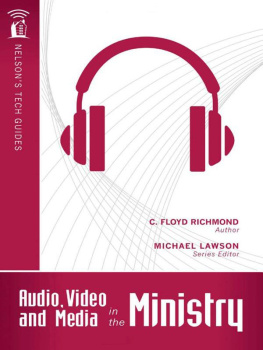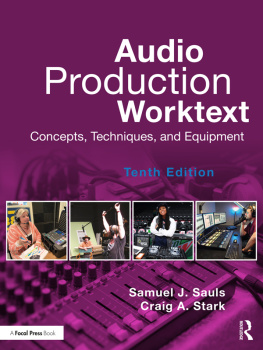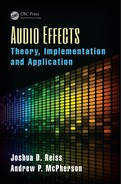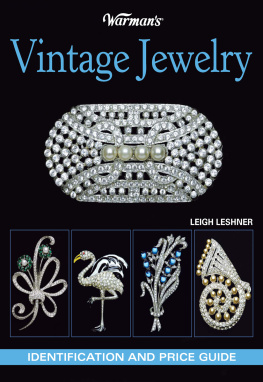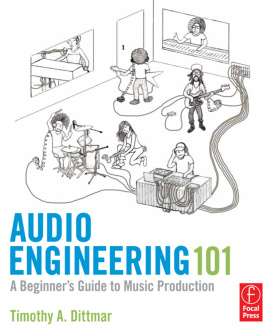I feel that many enthusiasts probably are not aware of all the terms commonly used to describe common tube topologies or may not understand fully what those terms mean. The following is an attempt to provide useful, understandable explanations of these terms.
TUBE/VALVE DEFINITIONS
DIODE/RECTIFIER
A tube having two elements, a cathode providing a source of electrons, and a plate to attract them. Current flows only in one direction providing rectifier action. i.e. Current flows from the cathode to the plate, but only when the plate potential is less negative than the cathode. Examples include the dual diodes, also referred to as full wave rectifiers types 5Y3, 5U4GB, 5AR4/GZ34, 6X4, 6CA4, etc.
TRIODE
A type of vacuum tube utilizing three active elements; the cathode, an electrode heated indirectly by a filament, except in certain directly heated types were the cathode and filament are one and the same thing, which provides the source of electrons; the grid, which controls the flow of electrons on the way to the plate by allowing them to pass through the grid in varying quantities as a function of the grids negative potential relative to the cathode, allowing relatively small variations in grid voltage to cause relatively large swings in plate current, i.e electrons are negatively charged and as the grid potential becomes more negative fewer of them pass through the grid and more are repelled; and finally the plate, the target of all those streaming electrons, which is kept at a relatively positive potential as compared to the electrons. (Electron depleted) The plate is the output terminal of the device, and the output voltage is usually developed by the variation in plate current across a fixed resistor or the large inductance of an output transformer. Examples of this device are the common and well-known dual triode types such as the 6CG7, 6FQ7, 12AX7, 12AT7, 12AU7, 12BH7 among others and single triodes such as the 6AB4, 6C4, and the 2A3, and 300B which have directly heated filamentary cathodes.
TETRODE
The tetrode was originally developed to deal with a problem in triodes - the Miller Effect, which is the multiplication of the grid to plate capacitance by the mu (gain) of the tube, which limits the bandwidth of the amplifier stage. An additional screen grid was interposed between the plate and control grid, making it a four element tube. Tetrodes suffer from linearity problems at higher plate voltages due to secondary emission effects off of the plate whereby electrons dislodged from it are actually attracted to the screen grid causing a net reduction in plate current under some signal conditions. Now largely obsolete except for some beam power tetrodes for the reason just mentioned.
PENTODE
A five element tube designed to overcome the gain and bandwidth limitations of the triode and the linearity problem in tetrodes. This tube features two additional grids, one is the screen grid to reduce miller effect and to accelerate electrons on their way to the plate (like the tetrode above) and the other a suppressor grid interposed between the screen grid and the plate to prevent secondary emission from the plate which would reduce the gain and worsen the linearity of the tube. There are many types used as RF/IF amplifiers such as the 6AU6, 6BA6, 6CS6, and mixers such as combined triode/pentode types 6U8, 7199, 6BL8 all of which are also used as audio amplifiers in special applications. Many power tubes are variants on pentodes.
BEAM POWER TETRODES/PENTODES
A variant on the above designs adding a set of sheet forming electrodes to concentrate and accelerate the electron stream to higher velocities than would otherwise be possible at a given plate potential. This allows higher plate currents and in turn higher output powers, with very good efficiency and power sensitivity. (Ease of driving.) All output tubes except for a few power triodes utilize this type of configuration. Examples: 6L6GC and the 6550 are beam power tetrodes, while the 6CA7/EL34 is a beam power pentode. Beam power tubes are characterized by relatively high efficiency, sensitivity and high power output at fairly low plate voltages as compared to triodes. It should be noted however that the increased efficiency comes at the expense of higher distortion often rich in amusical higher order odd harmonics.
CLASSES OF OPERATION IN AUDIO AMPLIFIERS
CLASS A OPERATION
The amplifying device operates over the full 360 of a waveform. The average dc
operating current is constant for all signal amplitudes. No grid current flows during any
portion of the waveform. All tube voltage amplifier stages operate in this class. Pushpull
stages operated this way generate the least distortion of any given output configuration.
All vacuum tube pre-amplifiers utilize class A operation.
CLASS A1/A2 OPERATION
The amplifying device operates over the full 360 of a waveform, however grid current
can flow during some portion of the driving waveform. These classes of operation are
specific to certain types of DHT (direct heated triodes) employed in SE power amplifiers
of typically greater than 20Wrms of output. Some types operated in this manner
included 572-3, 811, 845 and others..
LIMITED CLASS A OPERATION
Actually something of a misnomer as class A operation is implied, but actually class A
operation only occurs over a limited range of output power levels, (not necessarily
disclosed by the manufacturer) above which plate current will start to increase as for
class AB1.
CLASS AB1
A compromise between class A operation and class B, used in pushpull output stages
only, conduction occurs in each output tube for significantly more than 180 degrees, but
less than 360 degrees. No grid current flows.
CLASS AB2
Similar to class AB1, except that the grids are driven significantly positive during some
portion of the cycle and grid current flows. This mode is not used in many hi-fi
amplifiers because of its potentially high distortion. (Some recent OTL designs operate
in this mode in order to more fully saturate the output tubes for that last erg of output
power...)
CLASS B
Used in output stages only, current flows for 180 degrees in each device, this mode
results in pretty high cross-over distortion as one device is turning off at the same
moment as the other is turning on. Power supply loading varies a great deal as a
function of output power levels, presenting a serious power supply problem. Found only
in a few weird high power McIntosh amplifiers such as the MI-200AB.
TYPES OF OUTPUT STAGES
INTRODUCTION
Output stages, unlike voltage amplifier stages as found in pre-amplifiers and low level power amplifier stages, may be operated in a confusing number of variations as to types, biasing arrangements, class and mode of operation.


